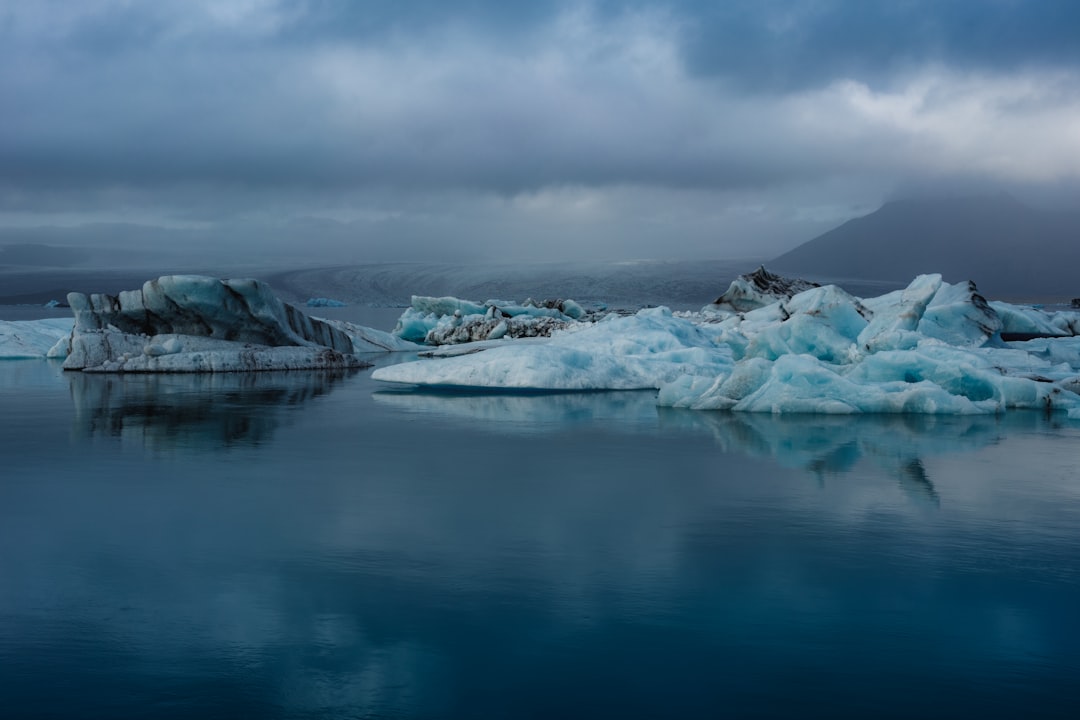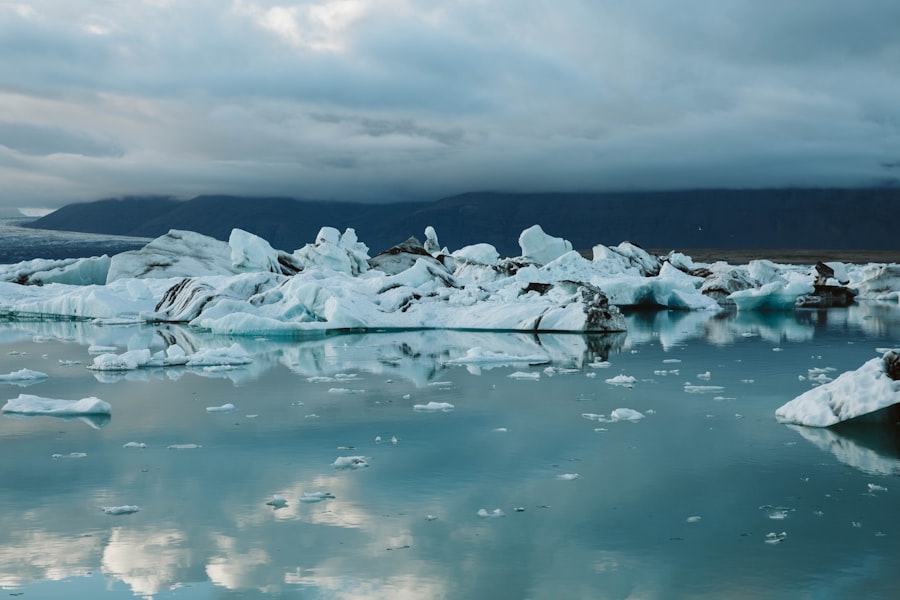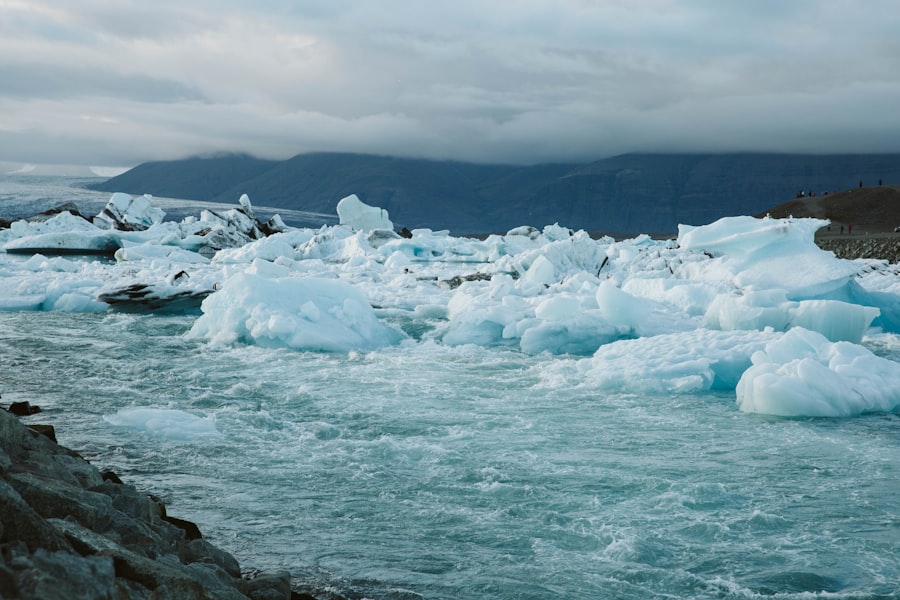
Greenland, the world’s largest island, is a land of stark contrasts and breathtaking beauty. Despite its name, much of Greenland is covered in ice, with approximately 80% of its surface blanketed by the Greenland Ice Sheet. This vast expanse of ice is not only a defining feature of the island but also plays a crucial role in global climate regulation.
The island is an autonomous territory within the Kingdom of Denmark, and its capital, Nuuk, serves as the political and cultural heart of the region. With a population of around 56,000 people, most of whom are Inuit, Greenland offers a unique blend of ancient traditions and modern influences. The island’s remoteness and rugged terrain have contributed to its preservation of indigenous culture and natural landscapes.
Greenland’s history is rich, with evidence of human habitation dating back thousands of years. The Norse settlers arrived in the 10th century, leaving behind remnants of their settlements that can still be explored today. In contemporary times, Greenland has become a focal point for discussions about climate change, as the melting ice sheets reveal not only the impacts of global warming but also potential resources beneath the ice.
This juxtaposition of ancient heritage and modern challenges makes Greenland a fascinating subject for exploration.
Key Takeaways
- Greenland is the world’s largest island and an autonomous territory within the Kingdom of Denmark.
- The geography of Greenland is dominated by ice, with the Greenland Ice Sheet covering about 80% of the island.
- Popular places to visit in Greenland include the capital city of Nuuk, the Ilulissat Icefjord, and the town of Kangerlussuaq.
- Unique sights and attractions in Greenland include the Northern Lights, dog sledding, and the colorful houses of the towns and villages.
- Greenland is home to a diverse range of wildlife, including polar bears, whales, seals, and a variety of bird species. Cultural experiences in Greenland include traditional Inuit music and dance, as well as opportunities to learn about Inuit art and crafts.
Geography and Climate of Greenland
Greenland’s geography is characterized by its vast ice sheets, towering mountains, and deep fjords. The island stretches over 2.1 million square kilometers, making it the largest island in the world that is not a continent. The interior is dominated by the Greenland Ice Sheet, which can be up to 3 kilometers thick in some areas.
This ice sheet is a remnant of the last Ice Age and is crucial for understanding global sea levels. The coastal regions are dotted with numerous fjords, which are carved by glacial activity and provide stunning vistas that attract adventurers and nature enthusiasts alike. The climate of Greenland varies significantly from the coastal areas to the interior.
The coastal regions experience a polar climate with milder temperatures due to the influence of the ocean. In contrast, the interior is much colder, with temperatures plunging well below freezing during the winter months. The summer months bring a brief respite from the cold, with temperatures rising above freezing and even reaching up to 10 degrees Celsius in some areas.
The unique climatic conditions create an environment where the northern lights can be seen dancing across the sky during winter nights, while summer brings the phenomenon of the midnight sun, where daylight lasts for nearly 24 hours.





